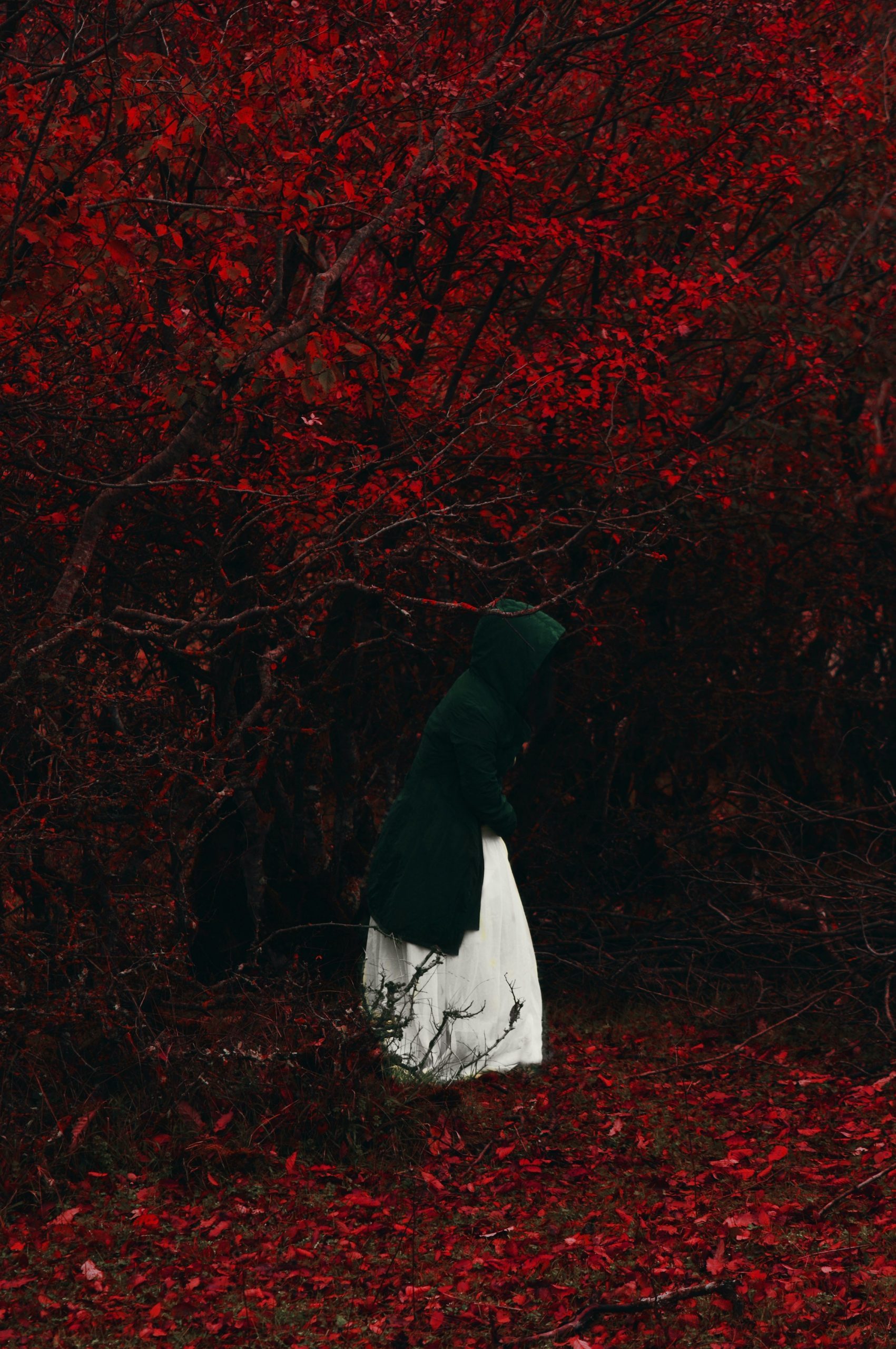I am not addicted to Pinterest.
Say it with me: I am not…
Okay, who am I kidding? I’m totally addicted to Pinterest. But at least I can write off that time and energy as being work. In fact, Pinterest is quickly growing as a social media form, which means that it could become an important element of any writer or artist online portfolio.
BookLifeNow, a great site for writing and art information, recently invited me to write about using Pinterest as a writer — you can check out the article, Nailing It: Using Pinterest as a Writer here. It’s got lots of great tips about inspiration, collaboration, promotion, and the pitfalls of Pinterest.
I’m not the only author addicted… using Pinterest to great benefit:
Mary Robinette Kowal uses Pinterest to showcase the beautiful period dress, places and sentiments of her Regency novels, like Glamour in Glass.
Pinterest has been fantastic for helping me with historic research. Because I work in a period, the Regency, that other people are also interested in, I can follow their boards and essentially crowd source my visual research. When I find a specific reference for my novels, I pin that onto my own boards, making it easy to find the image again.
Author M.K. Hobson, author of The Warlock’s Curse and other books, has this to say about using Pinterest:
Pinterest has become an integral part of my writing process. I am a very visual writer, and I have always collected images when around my books and stories, but was never really able to make use of them until Pinterest, with its easy, elegant organizational structure, came along. It is surprising how viewing the pictures side by side allows me to make narrative connections I might not otherwise. Seeing the whole work as a visual gestalt, a combination of colors and shapes and faces, can also be quite inspiring. Sometimes, when I get stuck for words on a story I will browse the Pinterest board I’ve built for it, or look for new images to pin, and these activities will help me get unstuck. Best of all, Pinterest lets me share these collages with readers who are interested in seeing my vision for the settings and characters–“bonus content,” if you will, in a market that increasingly demands that a story not just be a story, but a multimedia multi platform immersive experience.
Merrie Haskell, author of books like Handbook for Dragonslayers, uses Pinterest in similar ways — idea sparks, collecting quotes and images, and doing research.
I use Pinterest in a variety of ways for writing. First, I use it as at as a way to collect all those random visual things that one runs across that spark a story or character or setting, but you don’t quite know what to do with them yet. Second, I use Pinterest to catalogue visuals for writing specific books; in those cases, I occasionally collect quotes that match my themes, or inspiring visuals, but more often I pin things I’ve dug up in the course of research that I’ll want to reference as I go. For example, while writing a historical fantasy about medieval blacksmiths, I pinned a ton of contemporaneous blacksmith pictures. (My favorite is “Nature Forging a Baby”–and it is in fact allegorical Nature hammering a baby into being–which is on my “Mending Book” board.). Finally, I also collect specific visual images that I think would be relevant on the sidebar of my blog, since WordPress has a variety of widgets available to feed Pinterest images. I used to run the latest three pins for the book I was writing. Lately, I’ve been using it to keep my book covers in a row, hoping that if people click through they’ll repin to Pinterest and I’ll generate some interest there.
(I love her tip about using Pinterest images on the sidebar of her blog, and am going to try that out as soon as I have a moment!).

Other great authors and artists like Cat Rambo, Bronwyn Green, Galen Dara and Alethea Kontis are pinners who inspire me regularly.
Do you use Pinterest for inspiration, collaboration, promotion — or maybe something else entirely? I’d love to hear your thoughts on how you’ve put your Pinterest addiction to good use for your creativity.
Kiss kiss bang bang, s.
~


This post is in fact a fastidious one it helps new internet visitors, who
are wishing in favor of blogging.
In addition to posting a link to the source in the pin’s description (good) or comments (not so good because it doesn’t carry over in repins), you can edit a pin once it is posted and add the source website so that when someone clicks on the image, it takes them to the right place.
I haven’t explored Pinterest yet because it seemed like one more time sink on the Internet for me. But the way you and others are using it makes me wonder… the main character of my WIP is a glass artist, and while I’ve collected various images, Pinterest would help pull them together. Just need to be sure I use it in a disciplined way (which I’m not good at doing with FB and Twitter!)
Great post. I keep forgetting about Pinterest, and this is a great reminder about how great of a tool it can be. I think I’mm make the effort to use it in my writing, as well. When working on a game, the studio that I am a part of used it to put together a style guide for art assets, and it really helped move that forward.